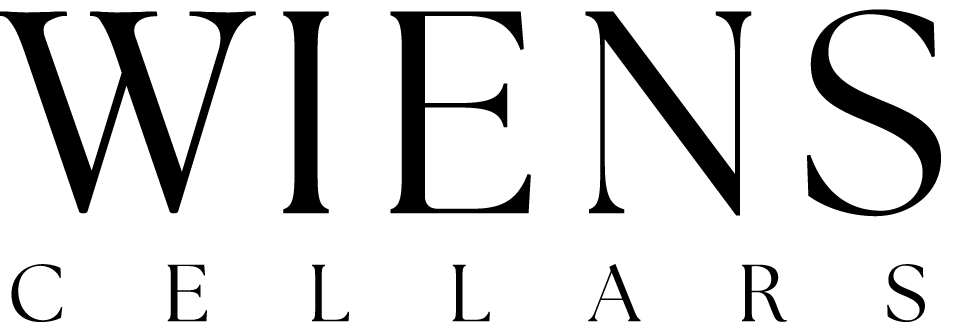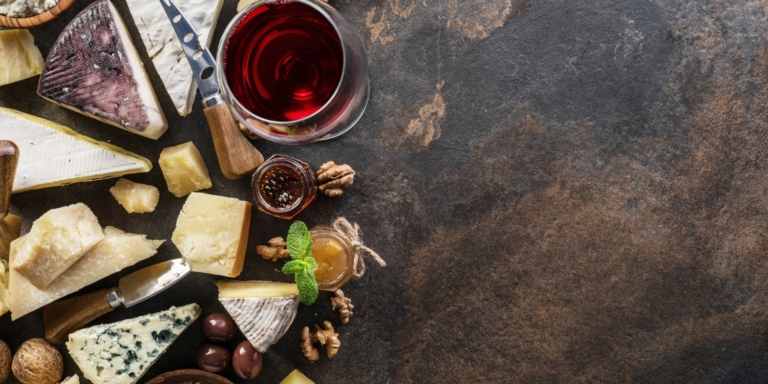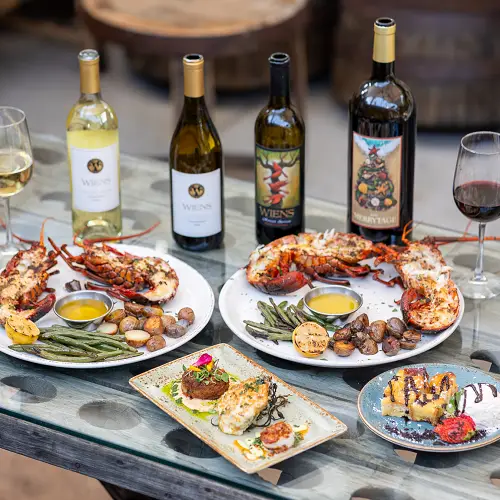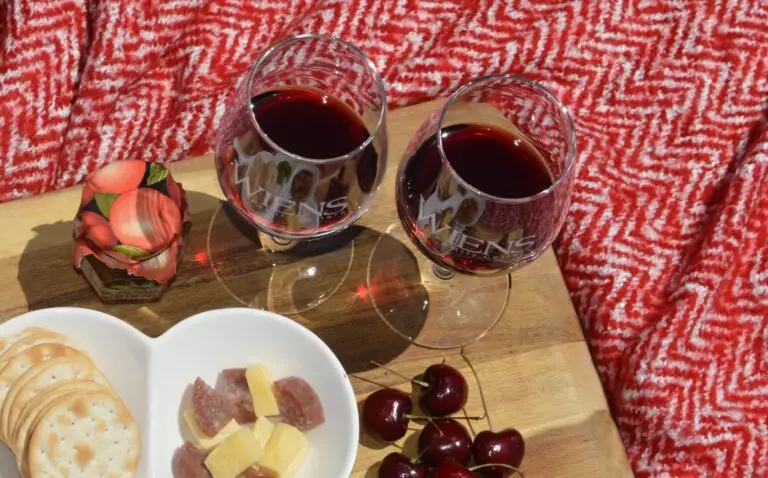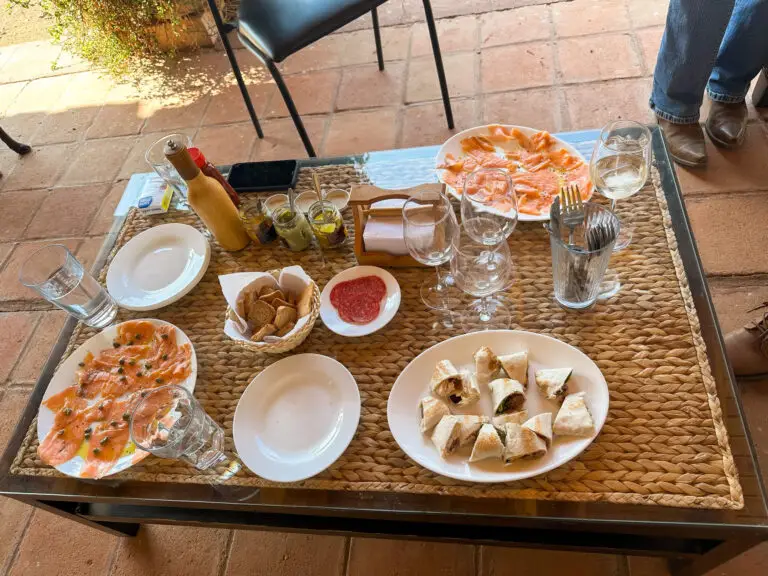The art of pairing wine with cheese is as old as viticulture and cheesemaking themselves, a culinary intertwine that delights palates and sparks celebrations across the globe. Each pairing promises to enhance the flavors of both wine and cheese, transforming simple tastings into memorable experiences. Let’s explore how to perfect these pairings to elevate your next social gathering or personal indulgence.
The Science of Pairing
Pairing wine with cheese involves a delicate balance of complementing or contrasting flavors and textures. The richness and fat content of cheese can be balanced by the acidity or sweetness of wine, while the intensity of both components should ideally be on par to avoid overpowering each other. Understanding these dynamics can help you make informed pairing choices that thrill the senses.
Pairing Guide by Region
EUROPE
France
- Bordeaux and Camembert: This iconic pairing combines the structured, dark fruit notes of Bordeaux wines with the creamy, buttery texture of Camembert, enhancing the depth and richness of both.
- Champagne and Brie: The effervescence of Champagne cuts through the creamy, rich texture of Brie, while its crisp acidity complements the cheese’s mild flavors.
- Sancerre and Chèvre: The sharp acidity and citrus notes of Sancerre wines make a delightful contrast to the tangy and earthy flavors of Chèvre, highlighting the cheese’s freshness.
Italy
- Barolo and Gorgonzola: The robust, tannic structure of Barolo stands up well to the intense and pungent flavors of Gorgonzola, creating a harmonious blend of strength and boldness.
- Prosecco and Asiago: Prosecco’s light and fruity profile gently enhances the sweet and nutty flavors of semi-firm Asiago, making for a refreshing pairing.
Spain
- Rioja and Manchego: Aged Rioja brings out the nutty and caramel notes in Manchego, while the cheese softens the wine’s tannins, creating a smooth sensory experience.
- Sherry and Iberico: The nutty and complex flavors of Sherry beautifully complement the rich and fatty profile of Iberico cheese, offering a decadent pairing.
NORTH AMERICA
United States
- California Chardonnay and Monterey Jack: The buttery and often oaky Chardonnay pairs perfectly with the creamy, mild Monterey Jack, mirroring and enhancing their shared buttery characteristics.
- Oregon Pinot Noir and Tillamook Cheddar: The fruity and earthy notes of Pinot Noir from Oregon beautifully complement the sharpness of aged Tillamook Cheddar, balancing the cheese’s richness.
Canada
- Ice Wine and Quebec Blue Cheese: The intense sweetness and high acidity of Canadian Ice Wine cut through the creamy and bold flavors of Quebec Blue Cheese, creating a pairing that is both bold and balanced.
OCEANIA
Australia
- Shiraz and Aged Cheddar: The spicy and bold flavors of Australian Shiraz are a perfect match for the strong and slightly salty notes of aged Cheddar, enhancing the robustness of both.
New Zealand
- Sauvignon Blanc and Goat Cheese: The crisp, aromatic qualities of New Zealand Sauvignon Blanc highlight the tangy freshness of goat cheese, making for a zesty and refreshing pairing.
Tips for Creating Your Own Wine and Cheese Pairings
- Start With Favorites: Begin with wines and cheeses that you already enjoy. Think about how their flavors could enhance each other. A good pairing should either complement or contrast flavors effectively.
- Experiment With Local Varieties: Explore local wine and cheese options to discover unique pairings that reflect the terroir of your area.
- Mix Textures and Intensities: Don’t shy away from mixing different textures and flavor intensities. Bold cheeses can go well with robust wines, whereas mild cheeses might pair better with lighter wines.
- Balance Flavors: Aim for balance in your pairings; the wine shouldn’t overpower the cheese and vice versa. Consider the body and flavor profiles of both.
How to Host a Wine and Cheese Tasting Party
- Mix and Match Setup: Allow guests to create their own pairings by offering a variety of wines and cheeses. This interactive element makes the tasting more engaging.
- Provide Palate Cleansers: Offer plain bread, unsalted crackers, or raw vegetables to cleanse the palate between different tastings.
- Encourage Notes: Give guests notepads or pairing cards to jot down their thoughts on each pairing. This can spark conversation and help them remember their favorites.
- Organize by Region or Style: Set up tasting stations categorized by region (e.g., Italian, French) or style (e.g., bold reds, sparkling wines). This helps guests understand the origin and typical profiles of each pairing.
- Educational Elements: Include brief descriptions or fun facts about each wine and cheese at their respective stations to enhance guests’ knowledge and appreciation.
Delving into the world of wine and cheese pairings unveils a rich and diverse culinary landscape, brimming with exquisite flavors and intriguing combinations waiting to be explored. This journey not only enhances your palate but also broadens your understanding of how different cultures blend taste and tradition in a single bite or sip. Whether you’re orchestrating a grand tasting event or simply enjoying a quiet evening at home, selecting the right wine and cheese pairings can transform even the simplest gathering into a festive celebration of culinary delight. Embrace the adventure of pairing, and let each unique combination tell its own story of region, craftsmanship, and flavor. In doing so, you elevate your dining experience, turning meals into memorable occasions that resonate with enhanced tastes and shared joys. Explore, experiment, and enjoy—the perfect pairing awaits to enrich your table and delight your guests.
